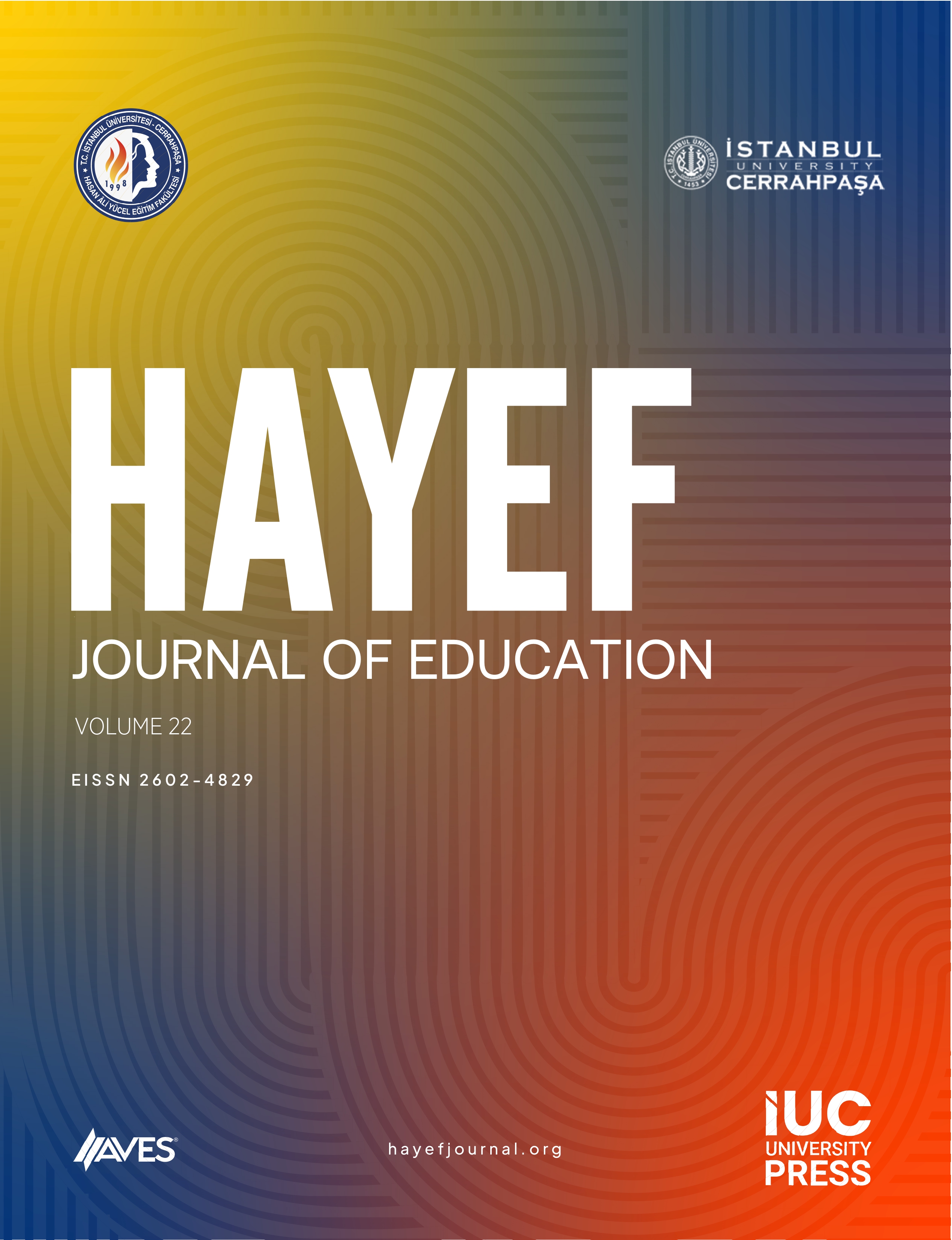When we hear "Fine Arts" or "Education of Arts," we tend to think about the education of pupils of any age. When we consider the contents of a "Fine Arts Course" at university level, however, the results of this timewise limited course are thought provoking. As educators, it is our responsibility to attempt at research and projects in order to seek the most successful approaches and best equipment; and to produce the projects that would best provide for students' needs. Learning should depend on the interpretation and synthesis of the student's knowledge and experiences; and it should be universal. In order to render and develop the student's creativity, a suitable environment is a must. Students should be directed to comprehend a shared culture and their own standing in it through courses on history of art and aesthetics; and they should be encouraged to ask questions, judge and strengthen their alternative creative skills. They should also be given opportunities to exercise critical thinking. A good point to start would be to avoid fears, prejudices, anxieties and doubts that hinder creativity. Our aim should always be to shape and enrich ideas, approaches and solutions in an exchange without any fixity.



